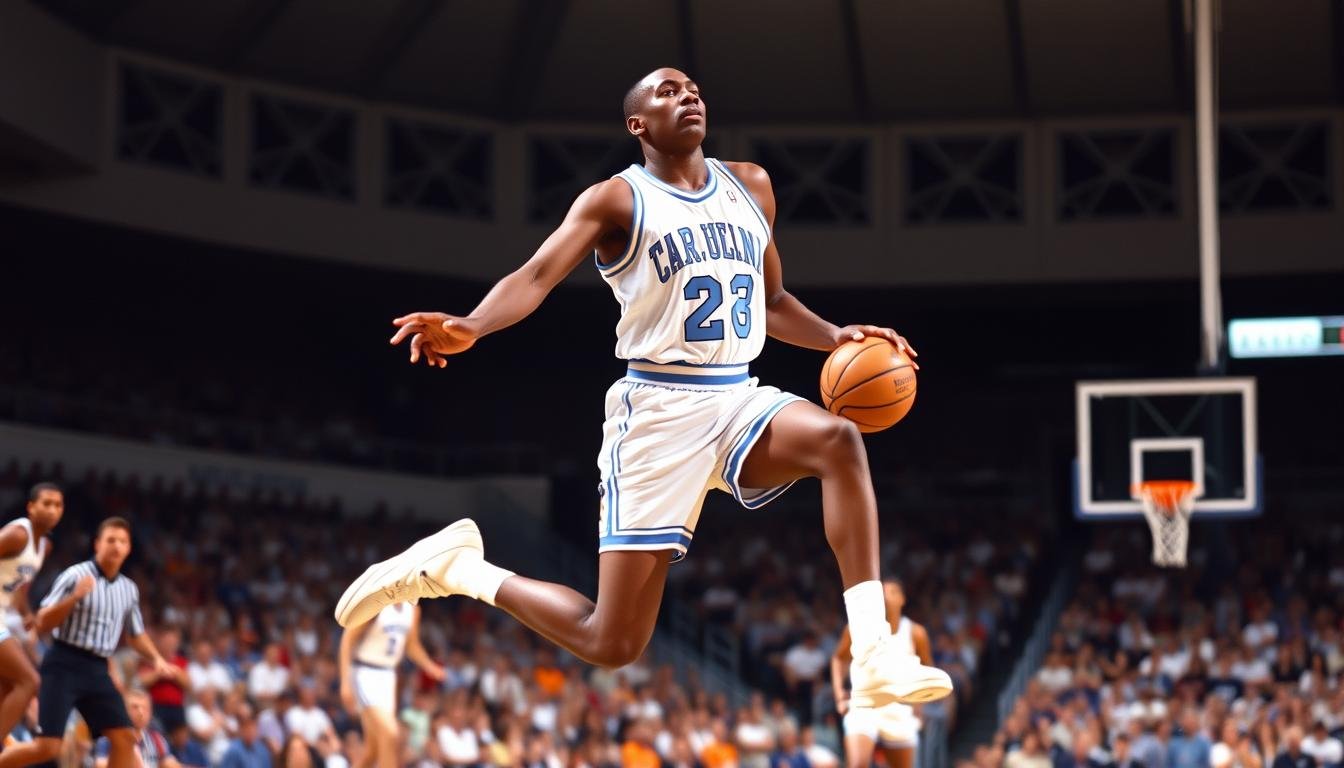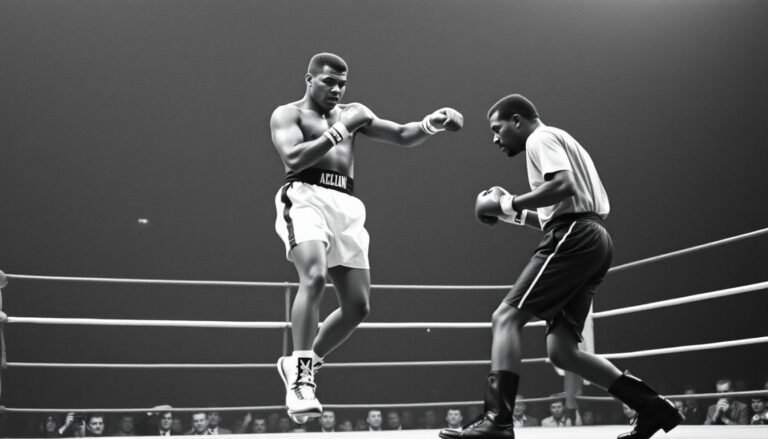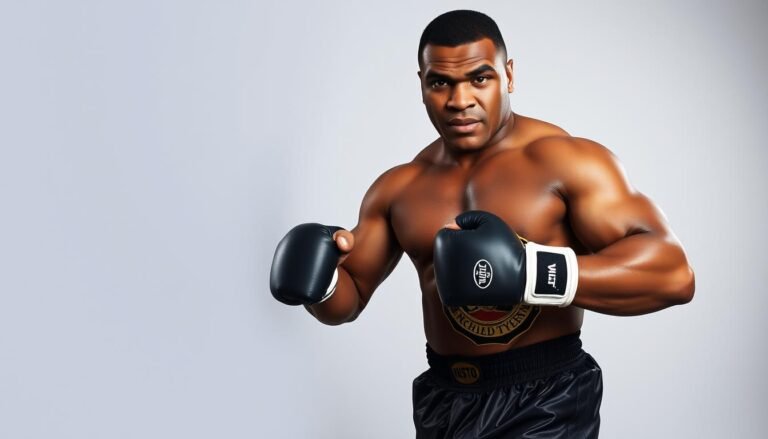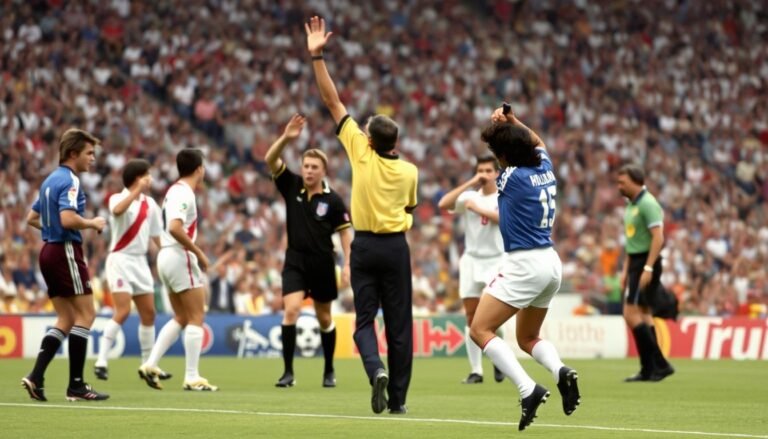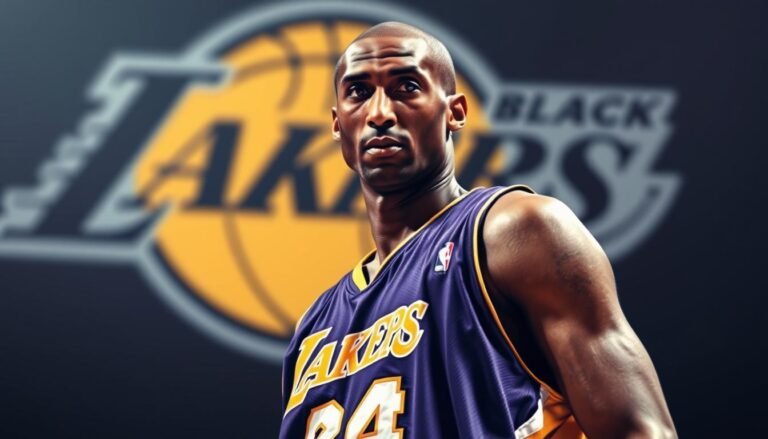Michael Jordan – Air to the Throne
In the pantheon of sports legends, one name soars above all others – Michael Jordan. His ascent from a North Carolina kid cut from his high school varsity team to the greatest basketball player of all time represents the ultimate “Air to the Throne” story. Jordan didn’t just play basketball; he redefined it. He didn’t just win championships; he created a dynasty. He didn’t just sell sneakers; he built a global empire. This is the story of how a singular talent and unmatched competitive drive transformed not just a game, but popular culture itself, as Michael Jordan claimed his throne as basketball royalty and never relinquished it.
The Making of a Legend: Jordan’s Early Years
Born in Brooklyn, New York, on February 17, 1963, Michael Jeffrey Jordan’s path to greatness began far from the spotlight. When his family moved to Wilmington, North Carolina, young Michael developed an intense competitive spirit playing against his older brother, Larry. This sibling rivalry would forge the competitive fire that would later define his career.
The story of Jordan being cut from his high school varsity team as a sophomore has become the stuff of legend – a pivotal moment in the “Air to the Throne” journey. Standing at just 5’10” at the time, coaches deemed him too short for varsity play. Rather than accept defeat, Jordan used this rejection as fuel, growing four inches over the summer and training relentlessly to prove his worth.
“Whenever I was working out and got tired and figured I ought to stop, I’d close my eyes and see that list in the locker room without my name on it,” Jordan later recalled. “That usually got me going again.” This mentality – turning rejection into motivation – would become a cornerstone of his approach to challenges throughout his career.
The Carolina Years: First Steps Toward the Throne
At the University of North Carolina, Jordan announced his arrival on the national stage in dramatic fashion. As a freshman in the 1982 NCAA Championship game against Georgetown, Jordan hit the game-winning shot with 17 seconds remaining. That clutch moment foreshadowed his future heroics and marked the first significant milestone in his “Air to the Throne” journey.
Dean Smith, his coach at North Carolina, recognized Jordan’s exceptional talent but insisted on team basketball. This foundation in fundamentals would serve Jordan well, even as his individual brilliance later became his calling card. By his junior year, Jordan had become a consensus first-team All-American and College Player of the Year, averaging 19.6 points per game.
“Michael Jordan is the only player who could turn it on and off, and he never turned it off,” Smith once said of his star player. After three seasons at North Carolina, Jordan declared for the 1984 NBA Draft, ready to take his talents to the professional stage and continue his ascent to the throne.
NBA Beginnings: The Throne Awaits
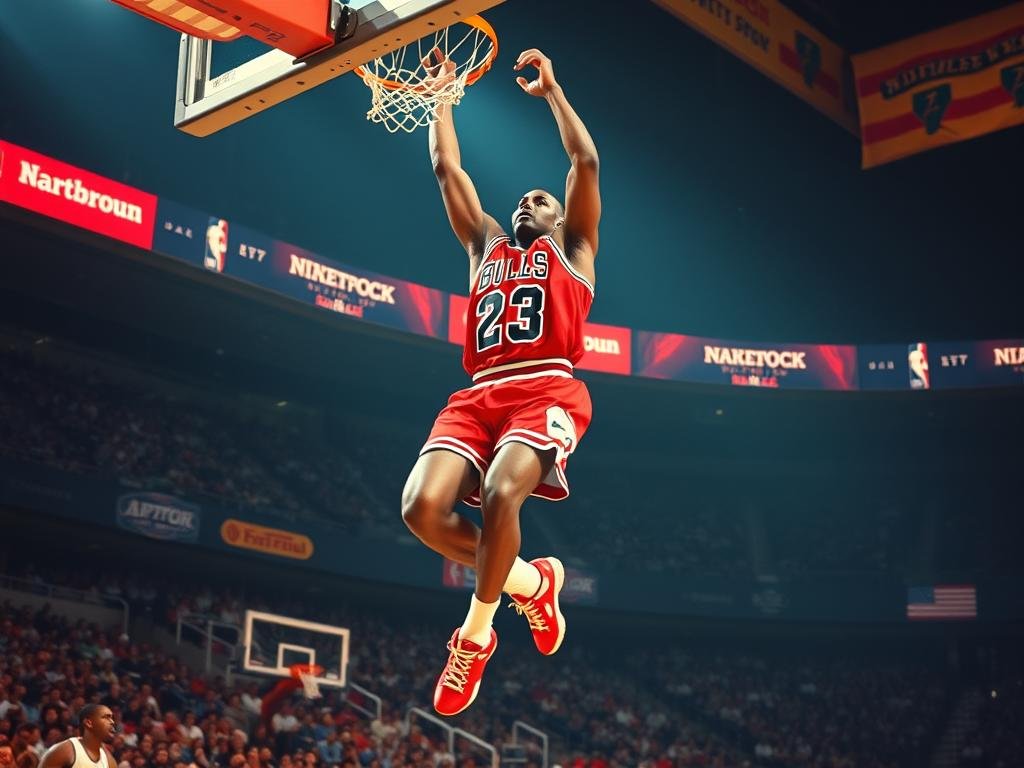
When the Chicago Bulls selected Michael Jordan with the third pick in the 1984 NBA Draft (behind Hakeem Olajuwon and Sam Bowie), few could have predicted the dynasty that would follow. Jordan arrived in Chicago with a city starving for basketball success and a franchise that had never won an NBA championship.
From his very first game, Jordan’s impact was immediate and electric. He averaged 28.2 points per game in his rookie season, earned an All-Star selection, and was named Rookie of the Year. More than his statistics, it was Jordan’s style of play – the gravity-defying dunks, the mid-air acrobatics, the sheer artistry of his game – that captivated fans and earned him the nickname “Air Jordan.”
Sports Illustrated recognized his meteoric rise with a cover featuring the headline “A Star Is Born.” The throne of basketball greatness was already being prepared for its future king. As Bulls teammate B.J. Armstrong later noted, “From day one, Michael had a presence about him. He walked into the room, and you knew someone special had arrived.”
The Obstacles on the Path to the Throne
Despite Jordan’s individual brilliance, the path to team success proved challenging. The NBA of the 1980s was dominated by powerhouse teams – the Boston Celtics with Larry Bird, the Los Angeles Lakers with Magic Johnson, and later, the “Bad Boys” Detroit Pistons led by Isiah Thomas.
For three consecutive years (1988-1990), Jordan’s Bulls were eliminated from the playoffs by the Pistons, who employed the infamous “Jordan Rules” – a physical defensive strategy designed specifically to contain him. These painful defeats became crucial chapters in Jordan’s “Air to the Throne” story, teaching him that individual greatness alone wouldn’t secure his legacy.
“I’ve missed more than 9,000 shots in my career. I’ve lost almost 300 games. Twenty-six times, I’ve been trusted to take the game-winning shot and missed. I’ve failed over and over and over again in my life. And that is why I succeed.”
This period of adversity forced Jordan to evolve his game and his leadership approach. Working with head coach Phil Jackson and assistant coach Tex Winter, Jordan embraced the triangle offense, which emphasized team play while still allowing for his individual brilliance. The throne remained vacant, but Jordan was methodically eliminating every obstacle in his path to claim it.
The Championship Dynasty: Claiming the Throne
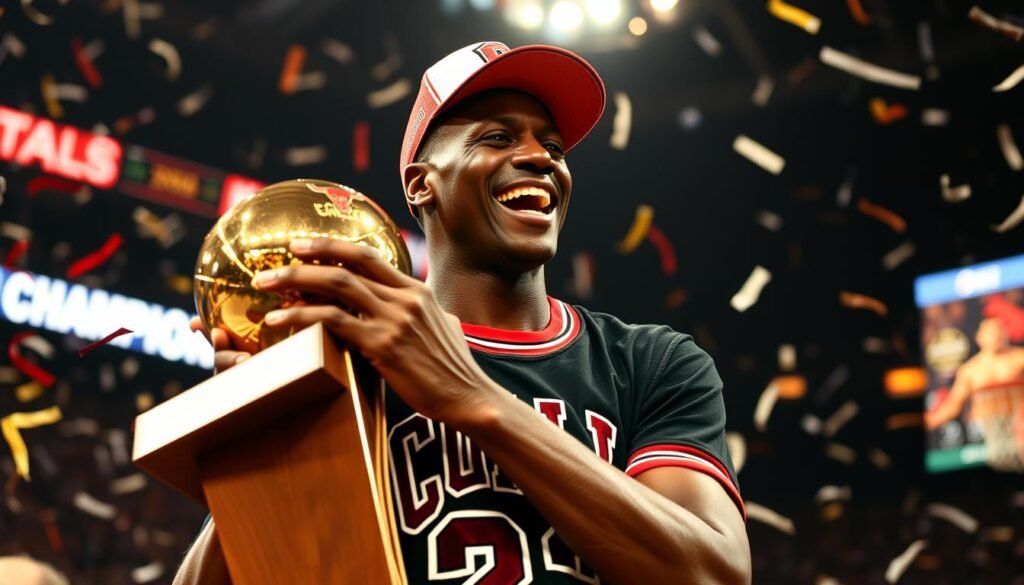
The 1990-91 season marked the beginning of Jordan’s reign. After years of playoff disappointments, the Bulls finally overcame the Detroit Pistons in a four-game sweep in the Eastern Conference Finals. In the NBA Finals, Jordan led Chicago to victory over Magic Johnson and the Los Angeles Lakers, claiming his first championship and Finals MVP award. The throne was no longer waiting – Jordan had arrived.
What followed was one of the most dominant runs in sports history. The Bulls won three consecutive championships from 1991 to 1993, with Jordan at the center of it all. His “Air to the Throne” journey had culminated in an unprecedented combination of team success and individual brilliance.
Iconic Moments That Built the Legend
“The Shot” (1989)
In Game 5 of the first round against the Cleveland Cavaliers, Jordan hit a hanging jumper over Craig Ehlo at the buzzer to win the series. His celebratory leap became one of the most iconic images in sports history.
“The Shrug” (1992)
In Game 1 of the 1992 NBA Finals against Portland, Jordan hit six three-pointers in the first half. After the sixth, he turned to the broadcast table and shrugged, as if to say even he couldn’t explain his greatness.
“The Flu Game” (1997)
Despite suffering from severe flu-like symptoms, Jordan scored 38 points in Game 5 of the 1997 NBA Finals against Utah, including the game-winning three-pointer. The image of an exhausted Jordan leaning on Scottie Pippen epitomized his unmatched will to win.
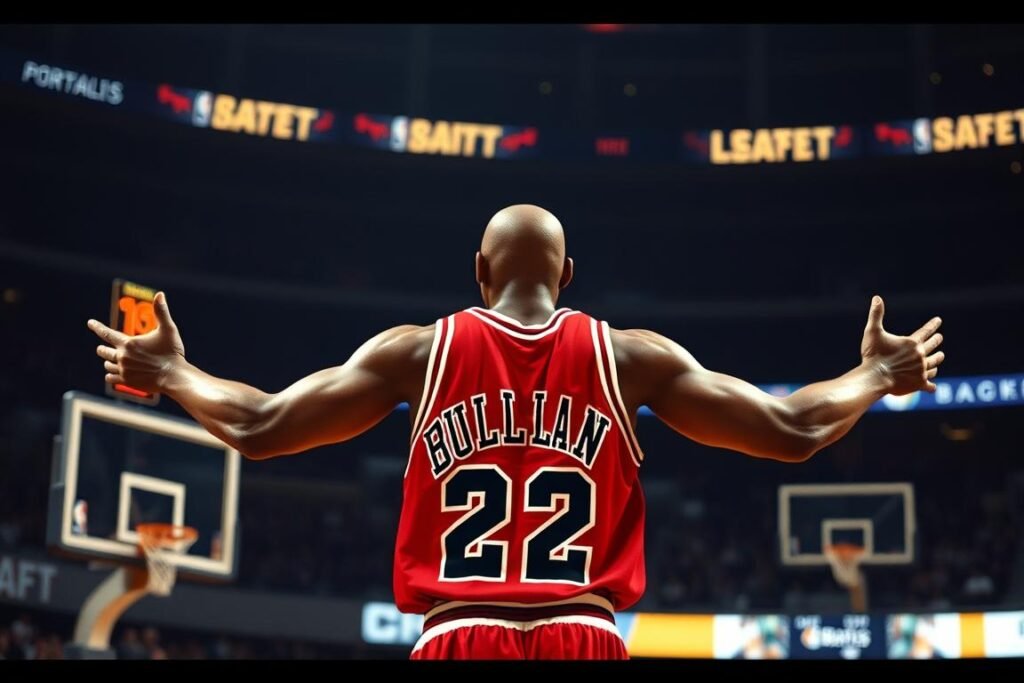
The First Retirement: Stepping Away from the Throne
In October 1993, at the height of his powers, Jordan shocked the world by announcing his retirement from basketball. The three-time champion cited a loss of desire to play the game and the emotional toll of his father’s tragic murder earlier that year. The basketball world was left to wonder if the throne had been abandoned prematurely.
Jordan’s brief baseball career with the Chicago White Sox organization showcased his athletic versatility but also highlighted how much basketball had lost with his departure. As journalist David Halberstam wrote, “When Jordan left basketball, he left a hole in the game that no one could fill.”
His return to basketball in March 1995, announced simply with a two-word press release – “I’m back” – set the stage for the second chapter of his “Air to the Throne” story. Though the Bulls fell short in the 1995 playoffs, Jordan’s return signaled that the king was ready to reclaim his throne.
The Second Three-Peat: Reigning from the Throne
The 1995-96 season announced Jordan’s complete return to dominance. With a vengeance that seemed almost personal, Jordan led the Bulls to an NBA-record 72 wins in the regular season (a mark that would stand until 2016). The Bulls reclaimed the NBA championship, and Jordan added another Finals MVP to his collection.
Two more championships followed in 1997 and 1998, completing Jordan’s second “three-peat.” Each title seemed to add another jewel to his crown, another chapter to the “Air to the Throne” saga. The final moment of this era – Jordan’s game-winning shot over Byron Russell in Game 6 of the 1998 NBA Finals – provided the perfect punctuation to his Bulls career.
Phil Jackson, who coached all six championship teams, observed: “Michael Jordan is the greatest player I’ve ever seen. He was also the most coachable. No matter what we asked of him, he delivered, and he delivered at the highest level.”
Career Achievements: The Numbers Behind the Throne
| Achievement | Record | Years |
| NBA Championships | 6 | 1991, 1992, 1993, 1996, 1997, 1998 |
| NBA Finals MVP Awards | 6 | 1991, 1992, 1993, 1996, 1997, 1998 |
| NBA MVP Awards | 5 | 1988, 1991, 1992, 1996, 1998 |
| NBA Scoring Titles | 10 | 1987-1993, 1996-1998 |
| NBA All-Star Selections | 14 | 1985-1993, 1996-1998, 2002-2003 |
| Olympic Gold Medals | 2 | 1984, 1992 (Dream Team) |
| Career Points | 32,292 | 1984-2003 |
| Career Scoring Average | 30.1 ppg | NBA record |
Beyond the statistics, Jordan’s second retirement in 1999 left him with a nearly mythical status in basketball. He had not just claimed the throne – he had redefined what it meant to sit upon it. As basketball writer Jack McCallum noted, “Jordan didn’t just beat you; he took your heart in the process.”
Beyond Basketball: The Cultural Impact of Air Jordan
Michael Jordan’s “Air to the Throne” journey extended far beyond the basketball court. His cultural impact transformed how athletes were marketed, perceived, and compensated. Jordan became more than a basketball player – he became a global brand and cultural phenomenon.
The partnership between Jordan and Nike revolutionized sports marketing. When Nike signed the rookie Jordan in 1984 to a $2.5 million deal (enormous at the time), they created the Air Jordan line of sneakers and apparel. The first Air Jordan sneakers, released in 1985, violated NBA uniform rules, resulting in a $5,000 fine each time Jordan wore them. Nike gladly paid the fines, recognizing the marketing opportunity.
The “Banned” commercial campaign turned the controversy into a selling point, and the Air Jordan brand was born. What followed was unprecedented – a signature shoe line that transcended sports to become a cultural touchstone. As former Nike executive Sonny Vaccaro said, “Michael Jordan and Nike changed the entire business of sports marketing.”
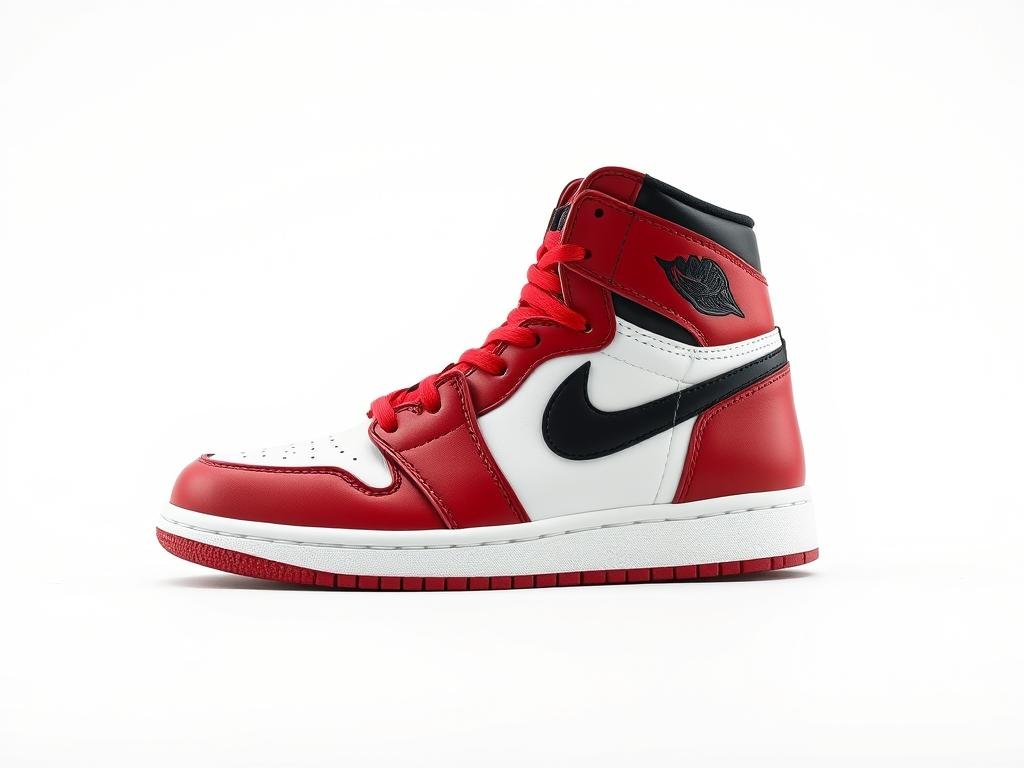
The Jordan Brand Empire
By 1997, Nike had spun off the Air Jordan line into its own division – Jordan Brand. Today, Jordan Brand generates over $5 billion in annual revenue for Nike, and Jordan himself has earned more than $1.3 billion from the partnership. His silhouette – the “Jumpman” logo – has become one of the most recognizable brand symbols in the world.
Jordan’s marketing appeal extended far beyond sneakers. His endorsement portfolio included deals with Gatorade (“Be Like Mike”), McDonald’s, Hanes, Upper Deck, and many others. He became the first athlete to truly build a personal brand empire, paving the way for future athlete-entrepreneurs.

Jordan’s cultural impact extended to entertainment as well. His starring role in the 1996 film “Space Jam,” which grossed over $230 million worldwide, cemented his status as a global entertainment figure. The film’s success demonstrated Jordan’s appeal beyond sports fans to mainstream audiences worldwide.
As cultural critic Nelson George observed, “Jordan wasn’t just a great basketball player who sold products. He was a cultural icon who changed how we think about celebrity, race, and commerce in America.”
The Mentality of a Champion: Leadership from the Throne
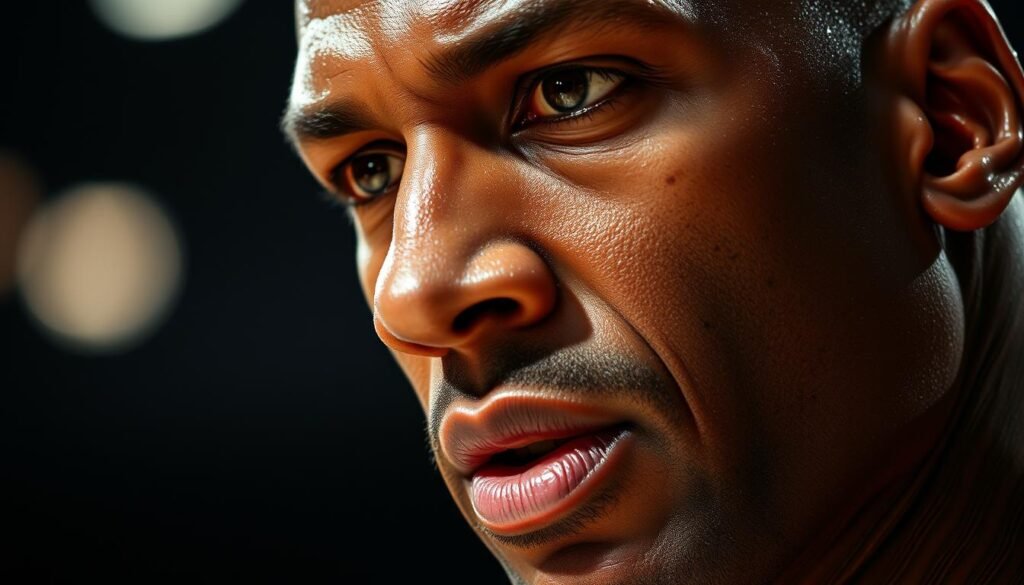
Central to Michael Jordan’s “Air to the Throne” story was his unparalleled competitive drive and leadership philosophy. Jordan’s mentality – his relentless pursuit of excellence, his refusal to accept anything less than total effort, his ability to elevate his game in crucial moments – set him apart even from other all-time greats.
Former Bulls coach Phil Jackson described Jordan’s leadership style: “Michael had a unique ability to raise everyone’s level of play. He demanded excellence not just through his words but through his example. Every practice, every drill, every moment was an opportunity to prove something.”
“I play to win, whether during practice or a real game. And I will not let anything get in the way of me and my competitive enthusiasm to win.”
Jordan’s leadership methods were not always gentle. He was known for challenging teammates harshly, testing their mental toughness, and demanding they match his own standards. As former teammate Steve Kerr recalled after a practice altercation with Jordan: “I earned his respect that day, and he earned my trust.”
The Psychology of Greatness
What separated Jordan psychologically was his ability to use any perceived slight – real or imagined – as motivation. The 2020 documentary “The Last Dance” revealed how Jordan would invent reasons to feel disrespected by opponents, creating personal vendettas that fueled his competitive fire.
This mentality was perhaps best illustrated during his Hall of Fame induction speech in 2009, where Jordan recounted the slights and challenges that motivated him throughout his career. Rather than a simple celebration of achievement, Jordan used the moment to reveal the psychological engine that drove his “Air to the Throne” journey.
Sports psychologist Dr. Bob Rotella observed: “What made Jordan unique wasn’t just his physical gifts. It was his ability to enter a mental state where failure wasn’t an option. He had an almost supernatural confidence in crucial moments.”
Jordan’s Leadership Principles
- Lead by example – be the hardest worker
- Demand excellence from yourself first
- Challenge others to meet your standards
- Turn pressure into opportunity
- Find motivation in every challenge
- Never show weakness to opponents
- Prepare so thoroughly that confidence is inevitable
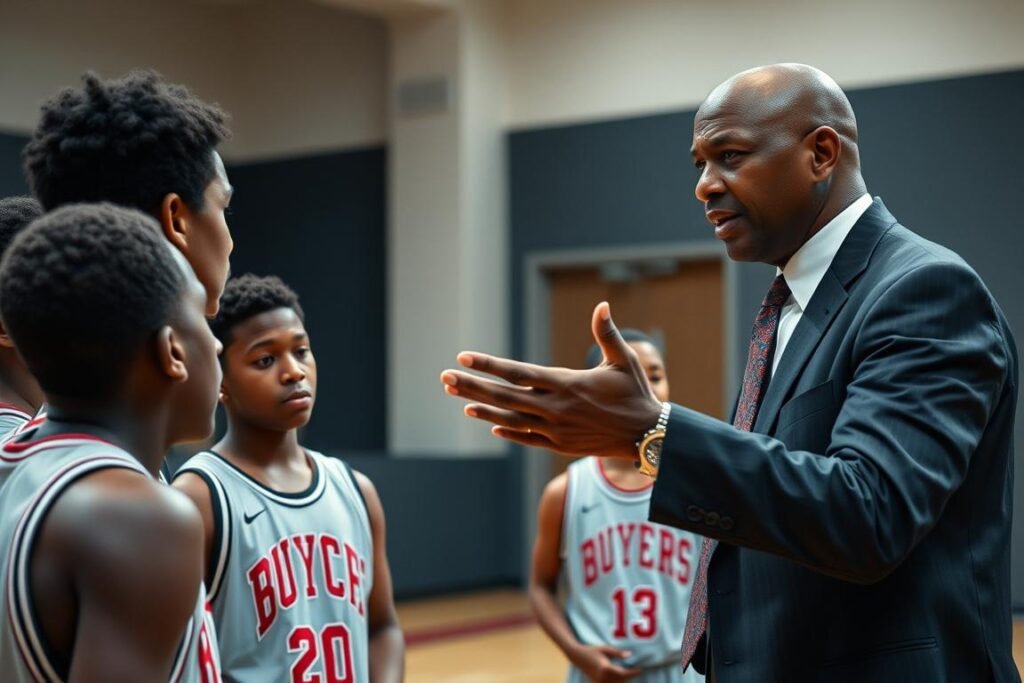
This mentality has influenced generations of athletes across all sports. From Kobe Bryant to Tom Brady, countless champions have cited Jordan’s approach as a blueprint for their own success. The throne Jordan claimed wasn’t just about basketball supremacy – it was about establishing a standard for competitive excellence that transcends sports.
The Lasting Legacy: Life After the Throne
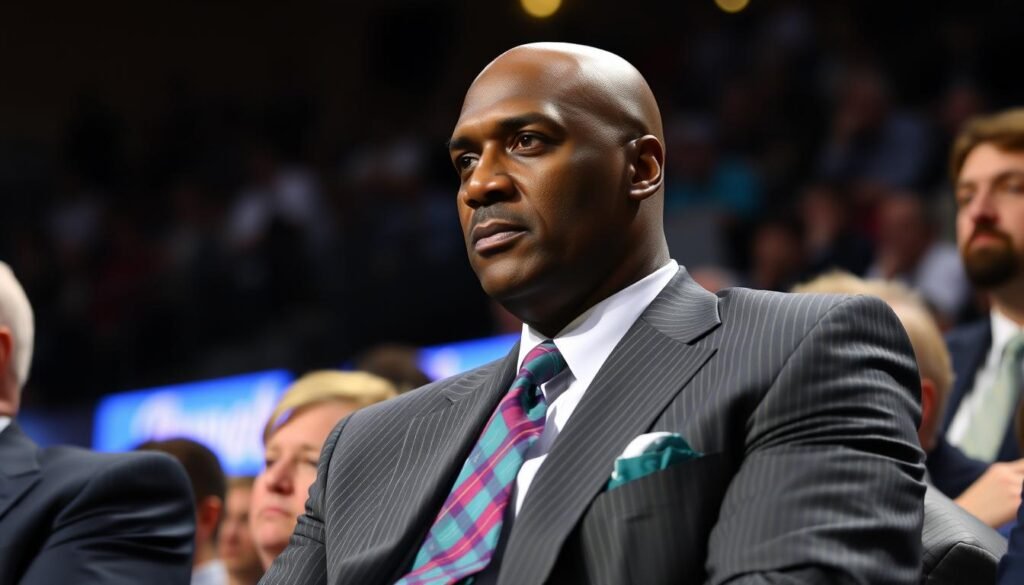
Michael Jordan’s final retirement in 2003 marked the end of his playing career but not his “Air to the Throne” journey. His post-playing life has seen him transition from player to owner, from athlete to businessman, while his legacy continues to shape basketball and popular culture.
In 2010, Jordan became the majority owner of the Charlotte Hornets (then the Bobcats), making him the first former player to become a majority owner of an NBA franchise. Though his tenure as an executive hasn’t matched the success of his playing career, it represented a new chapter in his relationship with the game.
Jordan’s business empire has continued to flourish. In 2014, he became the first athlete to reach billionaire status, with Forbes estimating his net worth at over $2.1 billion in 2023. Beyond Jordan Brand, his business portfolio includes restaurants, car dealerships, and investments in various industries.
The Jordan Effect: Influence on Future Generations
Perhaps Jordan’s most significant legacy is his influence on the generations of players who followed him. From Kobe Bryant and LeBron James to countless others, Jordan provided the template for excellence that future stars would measure themselves against.
Bryant, who modeled much of his game and mentality after Jordan, once said: “What I get from him is how he thinks. It’s not about the moves. It’s about how he sees the game, how he processes situations, how he breaks down defenses.”
“There is no achievement without goals, and there is no success without hard work. That’s the example I tried to set.”
Jordan’s cultural relevance has shown remarkable staying power. The documentary series “The Last Dance,” released in 2020, introduced his story to a new generation and became a global phenomenon. The continued popularity of retro Air Jordan sneakers – many released decades ago – speaks to the enduring power of his brand.
Basketball historian Dr. Todd Boyd summarized Jordan’s impact: “Before Jordan, there were great basketball players. After Jordan, there was a new paradigm for what an athlete could be – not just in terms of on-court performance, but in cultural influence, business acumen, and global reach.”
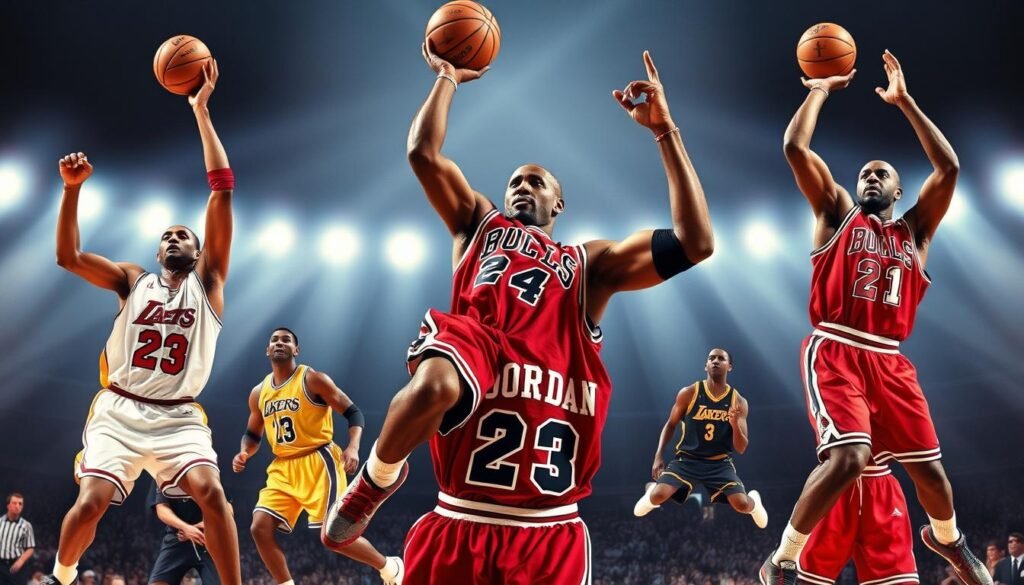
The Measure of Greatness
When basketball fans debate the greatest player of all time, Jordan remains the standard against which all others are measured. His combination of individual brilliance, team success, cultural impact, and global influence created a legacy that transcends statistics.
NBA Commissioner Adam Silver captured this sentiment: “Michael Jordan is more than just the greatest basketball player of all time. He changed the way people think about athletes as cultural icons and businesspeople. His impact on the game and the world around it is immeasurable.”
The “Air to the Throne” journey of Michael Jordan represents more than just athletic achievement. It tells a story of transformation – of a player who changed a game, an athlete who redefined celebrity, and a competitor whose mentality continues to inspire excellence across all fields of human endeavor.
Conclusion: The Eternal King of the Court
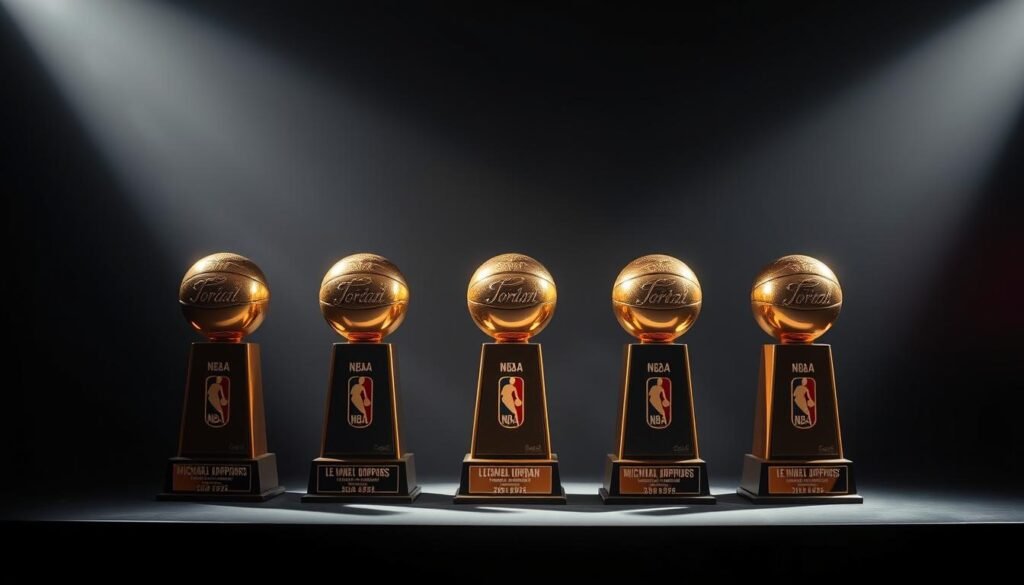
Michael Jordan’s “Air to the Throne” journey represents one of the most compelling narratives in sports history. From his humble beginnings to the pinnacle of global fame, Jordan’s story embodies the transformative power of talent, determination, and an uncompromising pursuit of excellence.
His legacy extends far beyond his six championships, five MVP awards, and countless records. Jordan fundamentally altered how we understand athletic greatness, sports marketing, and celebrity culture. He didn’t just claim basketball’s throne – he rebuilt it in his image, creating a standard of excellence that continues to inspire decades after his final game.
Perhaps Magic Johnson, one of Jordan’s greatest rivals, put it most succinctly: “There’s Michael Jordan, and then there’s the rest of us.” This sentiment captures the singular nature of Jordan’s impact – he didn’t just join basketball’s pantheon; he created a category all his own.
As new generations of players continue to emerge and the game continues to evolve, the throne that Jordan claimed remains uniquely his. Others may approach his level of play, match his statistics, or even surpass certain achievements, but the complete package – the competitive fire, the clutch performances, the cultural impact, the global influence – remains unmatched.
The “Air to the Throne” story of Michael Jordan reminds us that true greatness transcends numbers and accolades. It’s about moments that take our breath away, challenges overcome against all odds, and a legacy that continues to inspire long after the final buzzer has sounded.
Continue Your Jordan Journey
Explore the legacy of Michael Jordan through the official Jordan Brand collection, featuring the latest innovations inspired by His Airness himself.
Further Resources: Exploring the Air to the Throne Journey

The Last Dance
This Emmy-winning 10-part documentary series provides unprecedented insight into Jordan’s final season with the Chicago Bulls and his entire career journey.
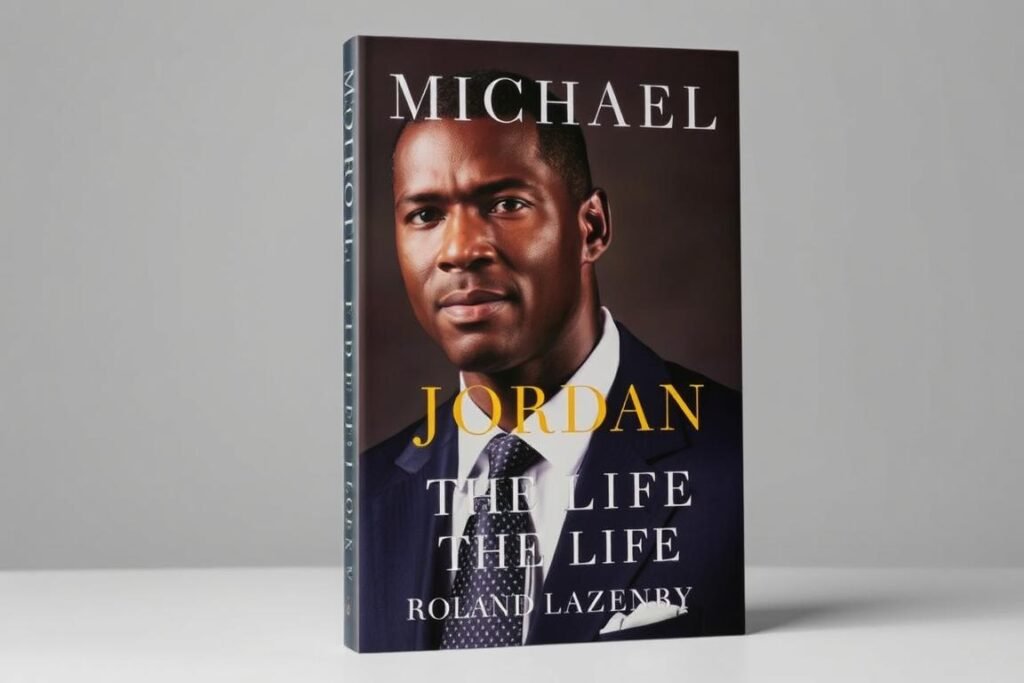
Michael Jordan: The Life
Roland Lazenby’s definitive biography explores the complete story of Jordan’s life, from his childhood to his business empire.
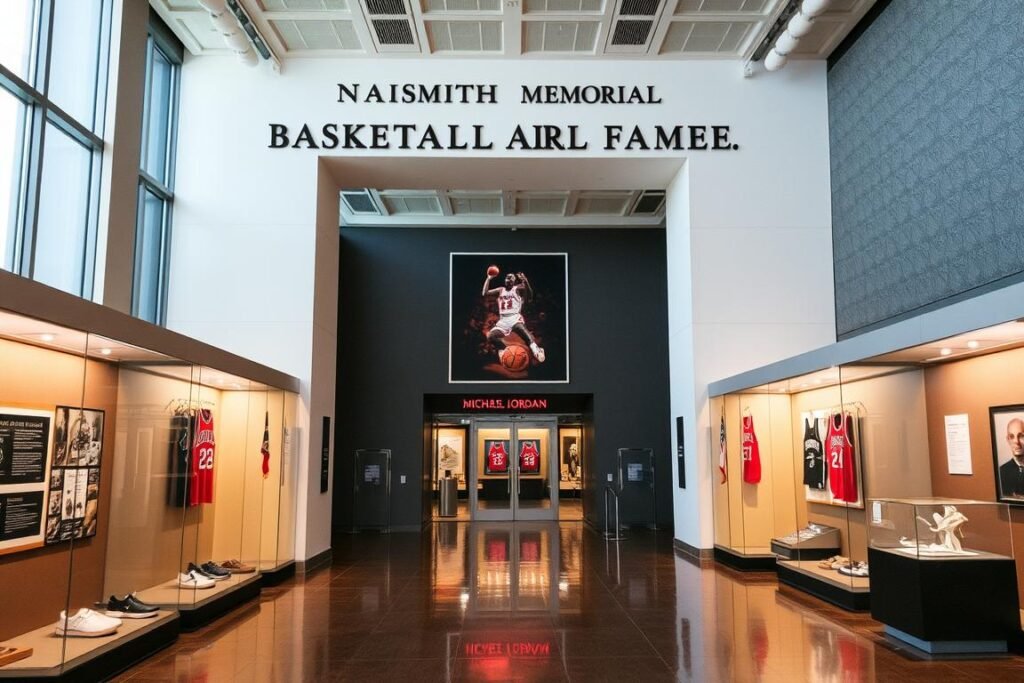
Basketball Hall of Fame
Visit the Naismith Memorial Basketball Hall of Fame in Springfield, Massachusetts to see exhibits dedicated to Jordan’s extraordinary career.
Frequently Asked Questions About Michael Jordan
Why is Michael Jordan called “Air Jordan”?
Michael Jordan earned the nickname “Air Jordan” early in his career due to his extraordinary leaping ability and acrobatic dunks that made him appear to defy gravity. The nickname later became the name of his signature shoe line with Nike, which continues to be one of the most successful athletic footwear brands in history.
How many championships did Michael Jordan win?
Michael Jordan won six NBA championships with the Chicago Bulls, coming in two “three-peats” (three consecutive championships). The first three came in 1991, 1992, and 1993, while the second three came in 1996, 1997, and 1998. Jordan was named Finals MVP in all six championship series, a record that still stands.
Why did Michael Jordan retire from basketball twice?
Jordan’s first retirement in 1993 came after winning three consecutive championships. He cited a loss of desire to play basketball and was deeply affected by his father’s murder earlier that year. He briefly pursued a baseball career before returning to basketball in 1995. His second retirement came in 1999 after winning his sixth championship, though he would later return for a final stint with the Washington Wizards from 2001-2003.
What is Michael Jordan’s net worth?
As of 2023, Michael Jordan’s net worth is estimated to be over $2.1 billion, making him one of the wealthiest former athletes in the world. The majority of his wealth comes from his Nike partnership and Jordan Brand, which generates billions in annual revenue. He also has investments in various businesses, including his former majority ownership of the Charlotte Hornets NBA team.

